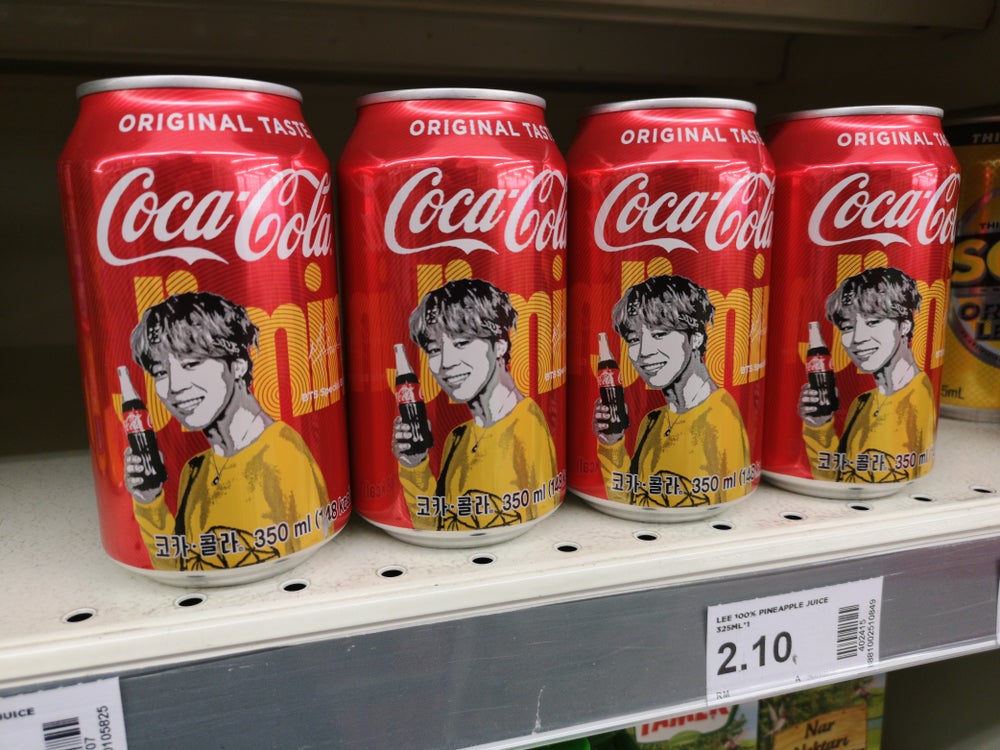Social networks are not going away — not if usage and membership stats are any indication. It’s estimated that 37% of online U.S. adults and 70% of U.S. teens log into a social network of some sort every month. And marketing research firm eMarketer predicts those proportions will rise to half of all adults on the Internet and 84% of the teenage demographic within four years.
Given the shifting appeal of the new, there’s no guarantee that today’s most popular social networks — MySpace with 76 million global members in December and Facebook with 37 million — will still top the charts in 2011. But chances are good that they’ll at least still be forces to reckon within the social networking universe.
The problem for these social networks now is finding a way to make them pay. Both MySpace and Facebook earn revenue primarily from ad delivery, and last November both announced new enhancements that they say will enable marketers to connect more directly and more effectively with their networking members.
MySpace’s approach is the more conventional of the two. It revealed plans to group members, who break into more than 1,000 subgroups according to the interests they’ve publicly expressed in their profiles. Marketers can then create and place ads that fit those shared interests. The platform is expected to go live by early 2008.
The News Corp.-owned company began this “hyper-targeting” effort last July with 100 special interest groups. Since then, ad click-through rates calculate as much as 300% higher than the average less than 1% click-through display ads get on a basic Web site. At the time of the November announcement, more than 50 significant marketers had signed on to MySpace’s ad program, including Procter & Gamble, Microsoft, Ford and Taco Bell.
“MySpace is able to scrape non-personally-identifiable data from profiles and group people into different buckets for ad targeting,” says eMarketer senior analyst Debra Aho Williamson. “They have enough information to know that not only is a person a videogame fan but whether they like PlayStation or Wii.”
One potential problem with MySpace’s twist on the tried-and-true targeting approach may be ad blindness. While social network users spend more time on the sites than average Web users do on other URLs, they are also much more focused. That focus may also lead them to ignore ads — even hyper-targeted ones.
JupiterResearch analyst Emily Riley says MySpace’s old-school ad strategy comes naturally from its origins as a content company. “I can’t fault MySpace for taking that route,” she says. “It’s traditionally been very hard for social networks to scale premium advertising at all. But the real innovation seems to be coming from Facebook.”
By contrast, Facebook opted instead to capitalize on what it calls the “social graph” — the self-created links that Facebook users forge to their friends’ pages. This viral sharing is behind the strong success of both Facebook widgets and the Facebook “news feeds,” introduced in September 2006, that push members’ Facebook actions out to their friend list proactively.
Last November, Facebook announced two new ad products that also depend on the social graph. First, legitimate companies will be allowed to construct free profile pages on Facebook (something the network has not had before) and recruit brand “fans” among Facebook users. They can also buy “social ads” that can be pushed out to the Facebook user’s friends. The ads can carry the user’s name and photo with details about his or her actions on the marketer’s page, and Facebook says they’ll carry more word-of-mouth trust than plain-vanilla banners of display ads.
But the real innovation was to combine these ads with an off-site extension program called “Beacon,” which monitors actions Facebook users take on the third-party Web sites of participating marketers. This can be anything from buying tickets to “Cloverfield” on Fandango.com to listing an item on eBay, writing a product review or comment, posting a high score in an online game or simply watching a video. Those actions can also be turned into social ads and pushed to the user’s Facebook friends.
Early on, scores of users complained that they had not given permission. Liberal activist group MoveOn.org spurred 75,000 Facebook members to add a badge to their pages labeled “Facebook: Stop invading My Privacy!” The uproar was quickly defused, the ads disappeared, and the site was re-set for visitors to “opt in.”
Equally bad from Facebook’s point of view was that a number of the brands lined up for the social-ad platform decided to hold off until the Beacon portion worked out its difficulties. Coca-Cola was the first “landmark partner” to demur, but Overstock.com and Travelocity quickly followed. At press time, Verizon, eBay, Fandango and Blockbuster are still offering Beacon social ads on Facebook.
“We were landmark partners and we strongly believe in Facebook,” says Carol Kruse, global interactive manager for Coca-Cola. “We’re interested in the social ads and the business profile pages. But never did we say we would pursue the Beacon program, and we’re taking a wait-and-see attitude toward it.”
In early December Facebook announced a more robust opt-in policy for its ads. The network also got privacy monitor agency TRUSTe to help draw up recommended disclosure wording for Beacon partners and to watch those sites for future transgressions.
What users won’t get, apparently, is a global opt-out on any and all social ad participation. Shakedown jitters notwithstanding, Facebook still considers ads based on social connections to be its best bet for monetizing its network.
Williamson gives Facebook credit for trying to build a new model specifically geared to online communities. “They’re working hard to develop new ways of social network advertising, and that’s what’s going to move the market forward.”
And Riley points out that Facebook encountered even more resistance to the news feed back in 2006, both on grounds of its clutter and its possible privacy incursions. Yet that feature is now one of the most popular elements of the network.
“Facebook may need to educate consumers about what it must do to sustain the site economically,” she says. “It may have to inform members that they have a choice between this kind of ad and that kind — but that they can’t choose no ads.”
KID STUFF
For some Web communities, the fight isn’t over photos and tacit endorsements; it’s about waffles and bee suits.
The kid-centric virtual world of Webkinz.com was ad-free until last October, when members could click on a “Bee Movie” ad and win their pet some honey or a bee costume. In early December, clicking on ads for the movie “Alvin and the Chipmunks” earned outfits or a plate of virtual waffles for their character.
These were the first third-party ad initiatives on the site, which members join by using an access code in packaging of Webkinz toys.
The site boasts some 7.3 million unique users a month, mostly children, and the new ads got mixed early reviews. Advocacy group Campaign for a Commercial-Free Childhood launched an e-mail campaign in December to urge Webkinz to cease selling outside ads on the site. “Parents thought the bargain was that they were buying the stuffed animals and in return getting a Web site without marketing aimed at their kids,” says CFCC spokesman Josh Golin.
Privately held Webkinz has been silent about the ad initiative but in October outlined some in-world ad principles to the fan blog WebkinzMom. Ads will be only for “quality, family-friendly products” (no junk food or violent toys) and approved directly by Ganz. Premiums to be won will not be explicitly branded, and the ads will not contain links to sites off Webkinz.com.
Bottom line: Among parents made anxious by marketing to kids, Webkinz probably has less to worry about than fast-food sellers and cereal makers.
— Brian Quinton
For more articles on interactive marketing go to www.promomagazine.com/retail



